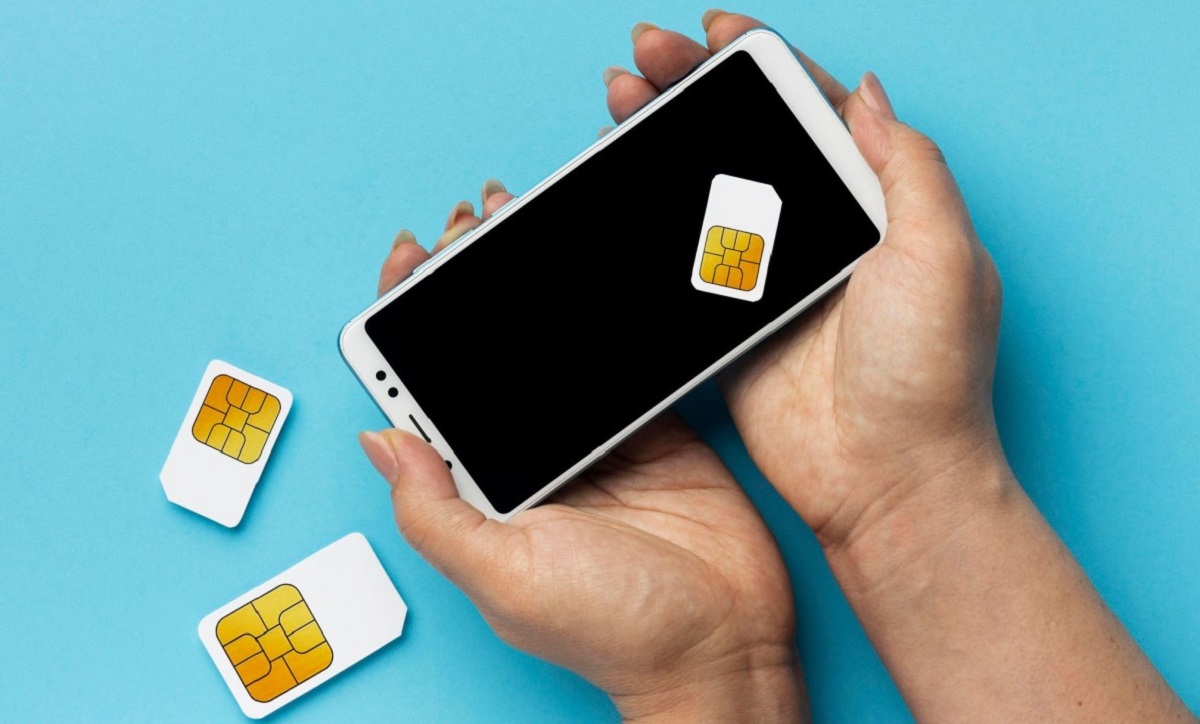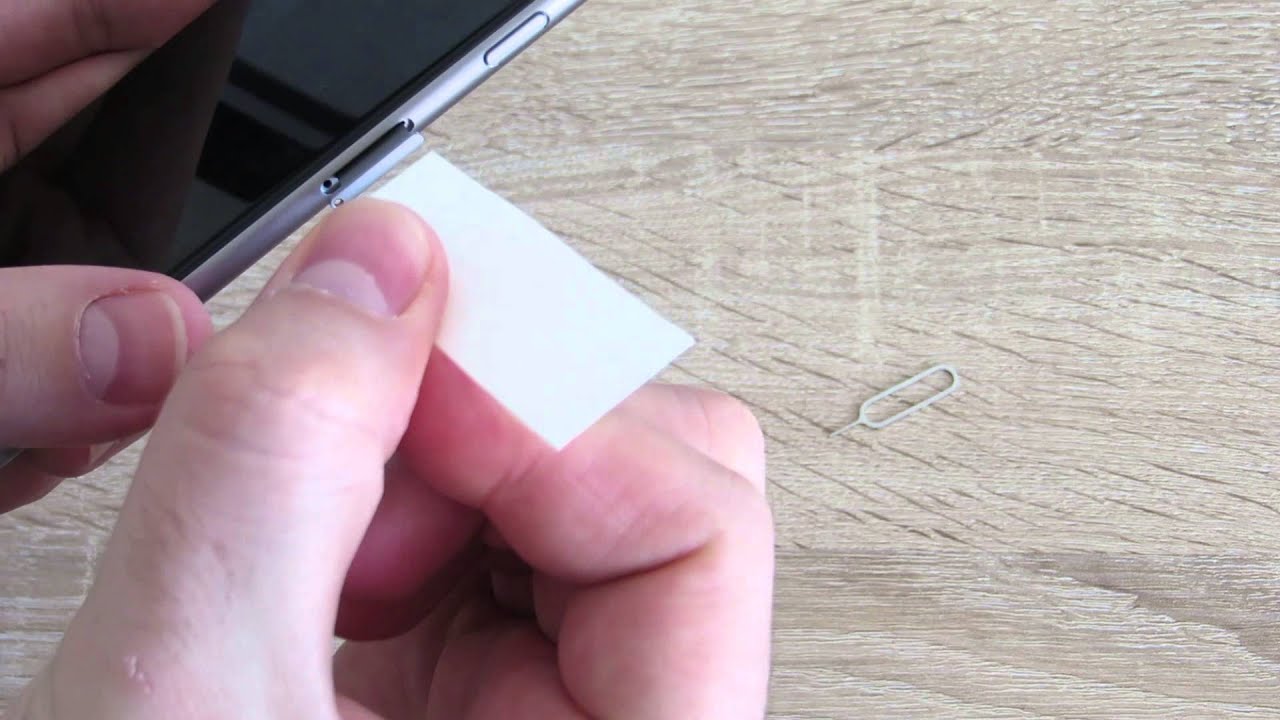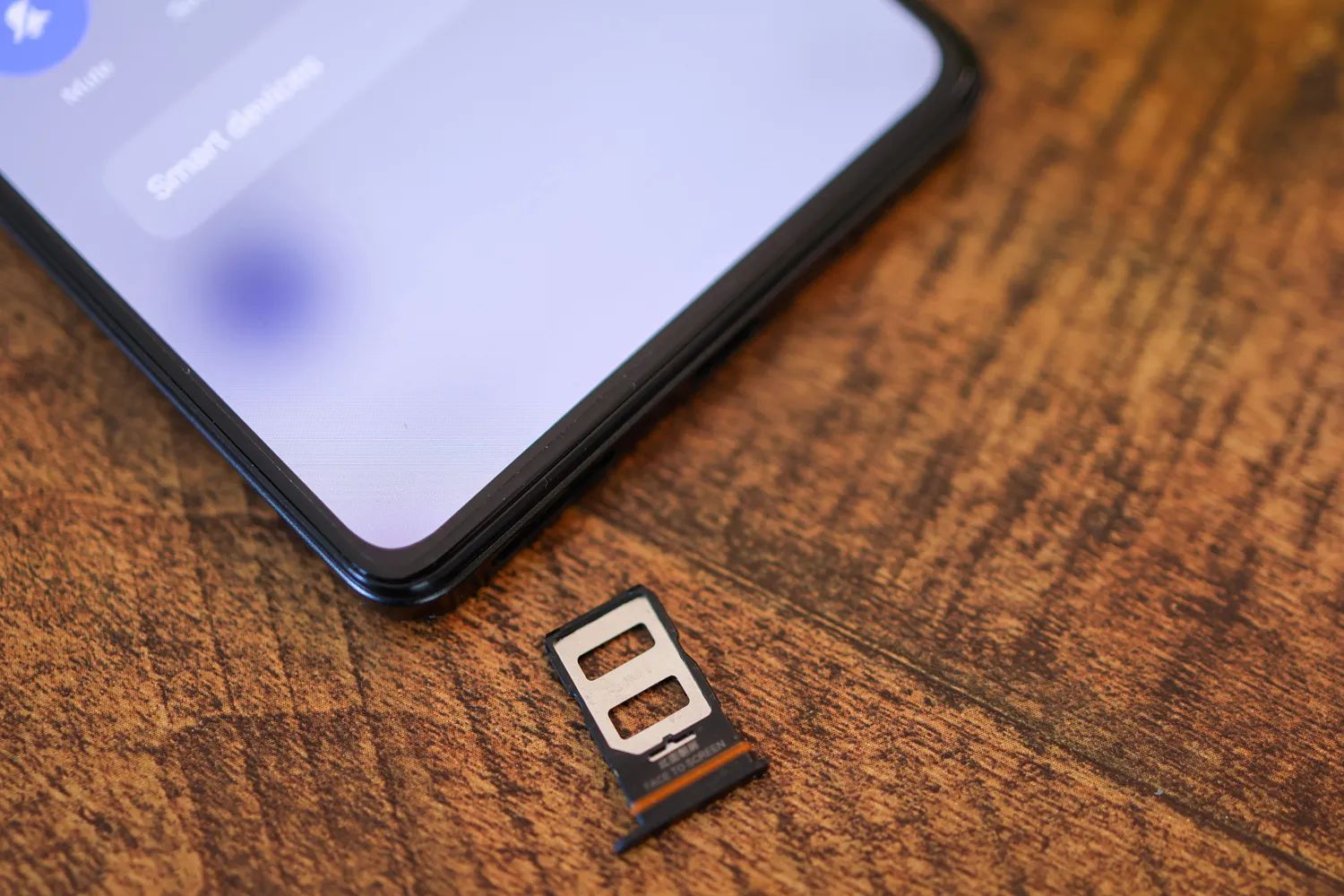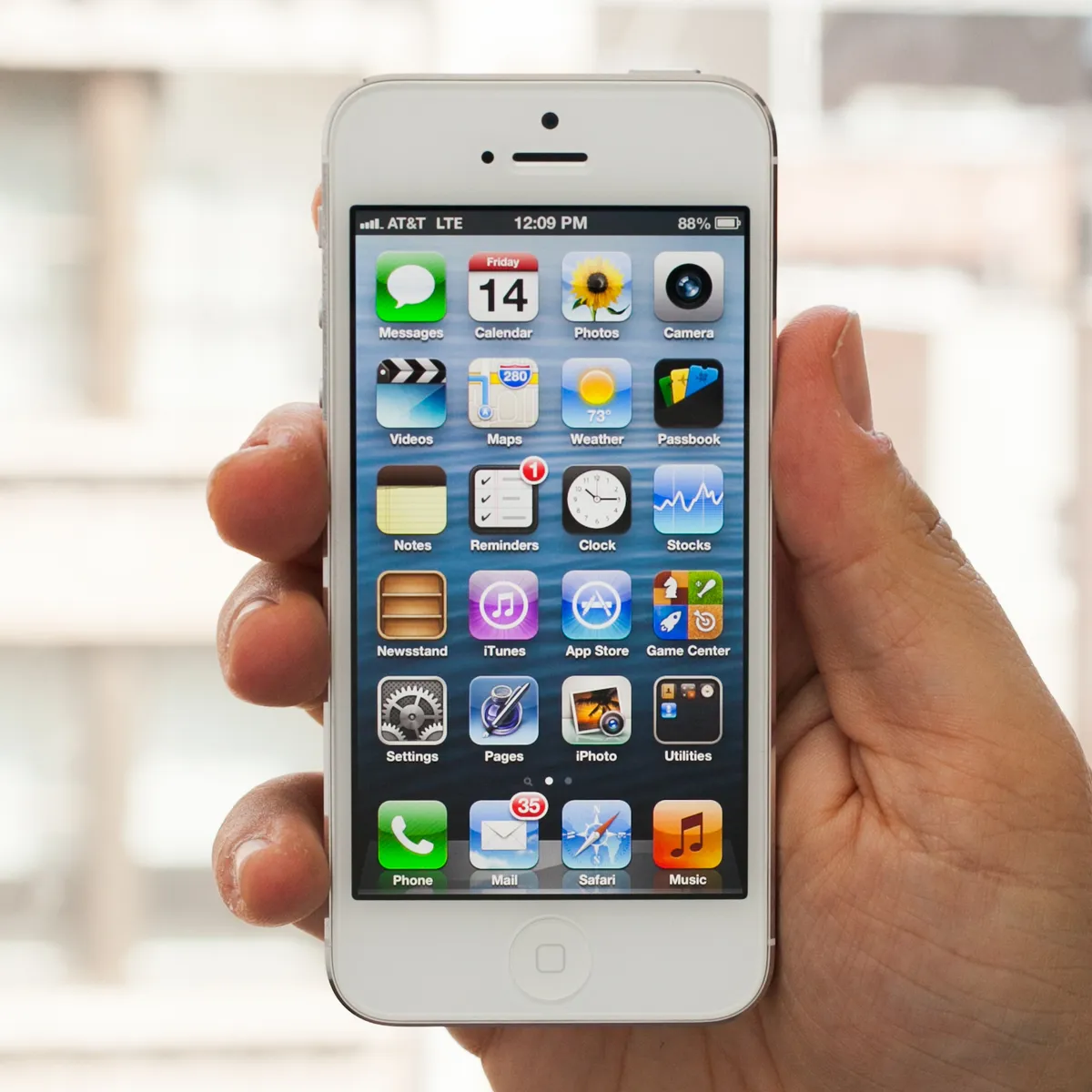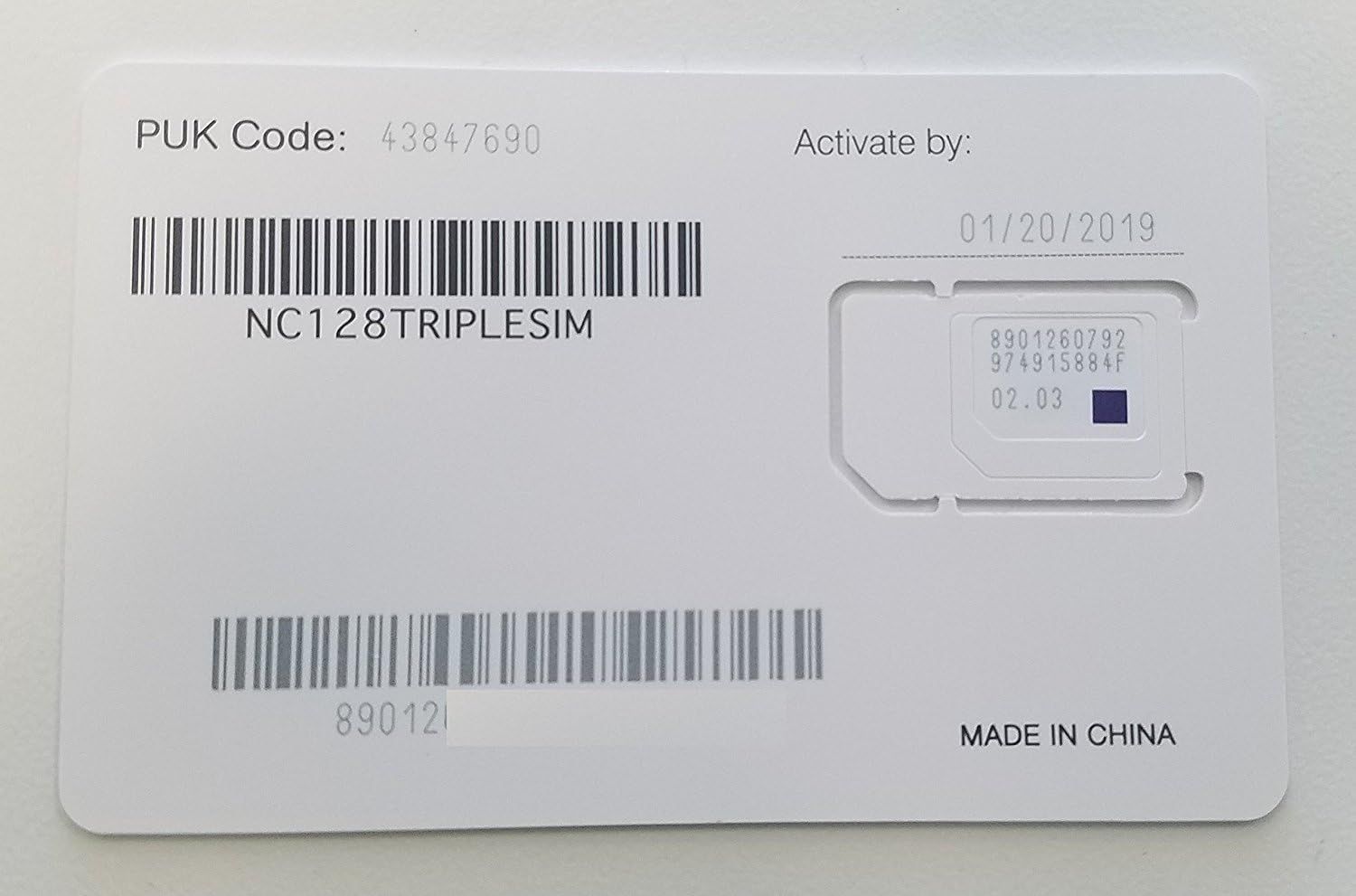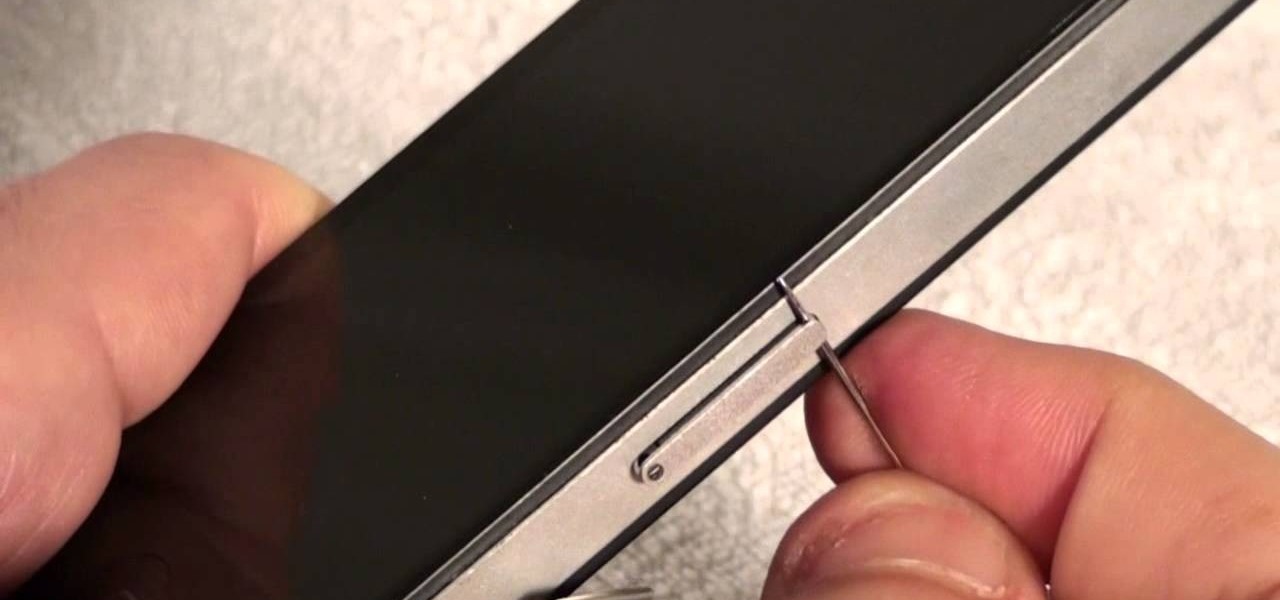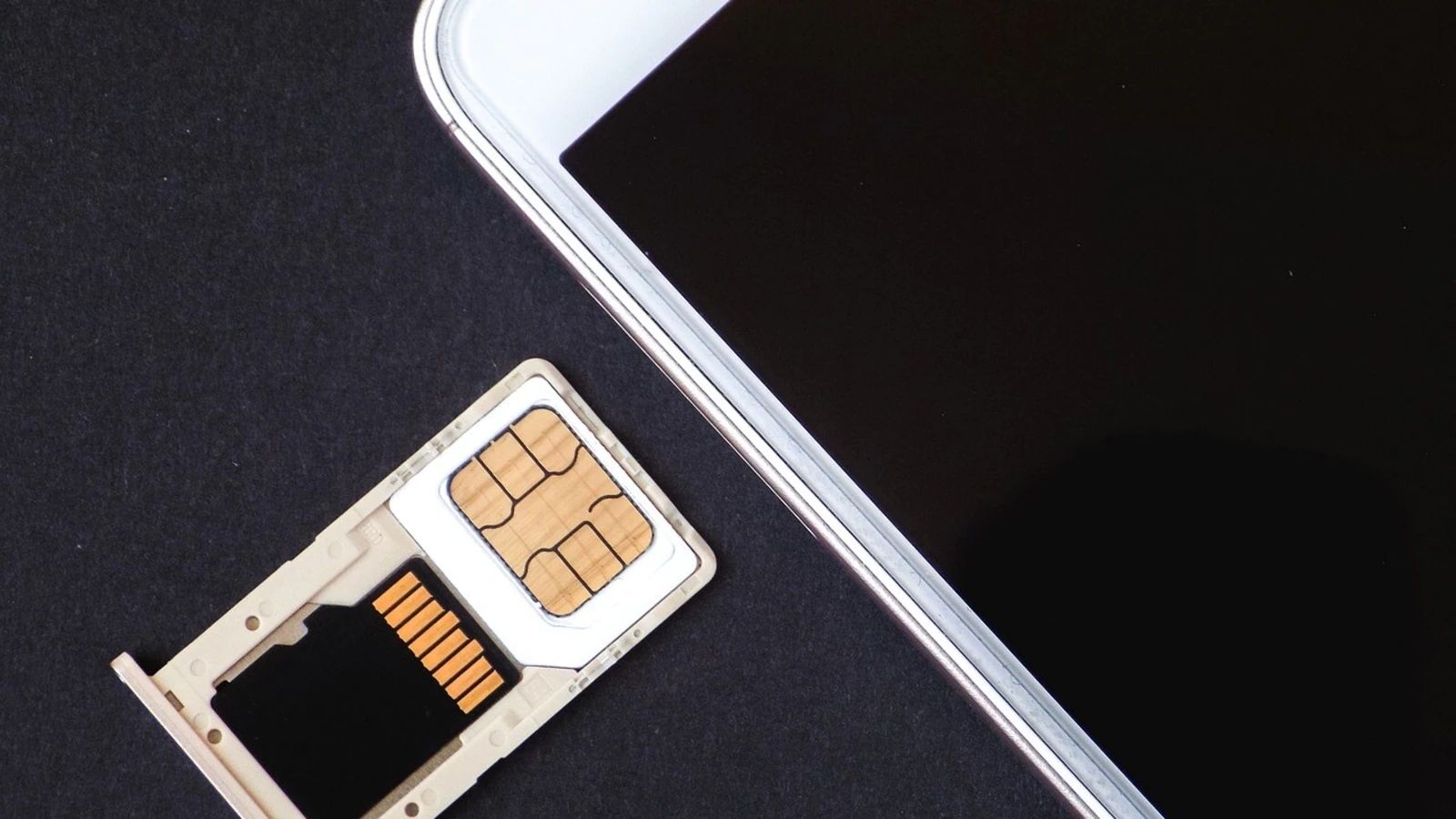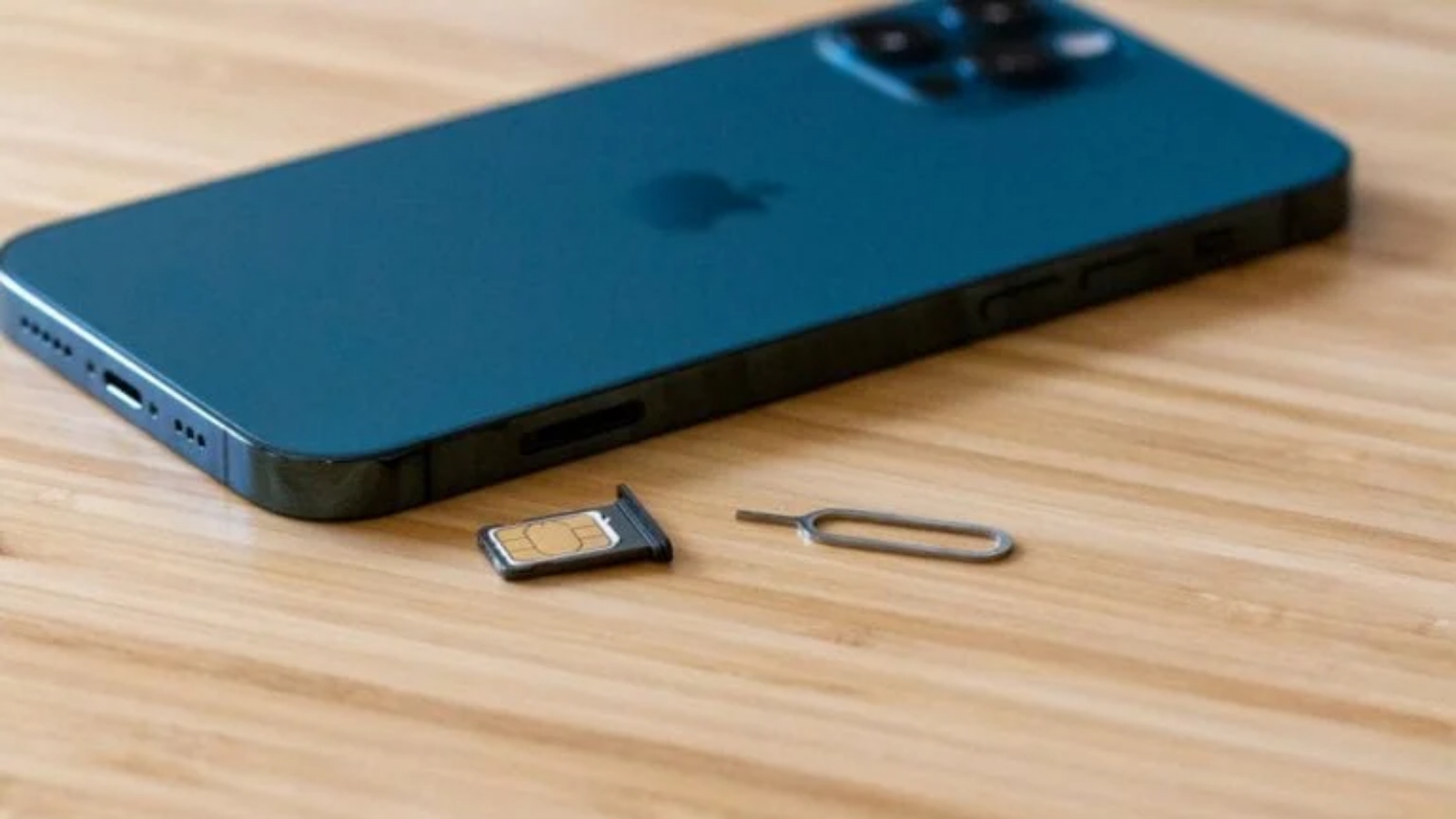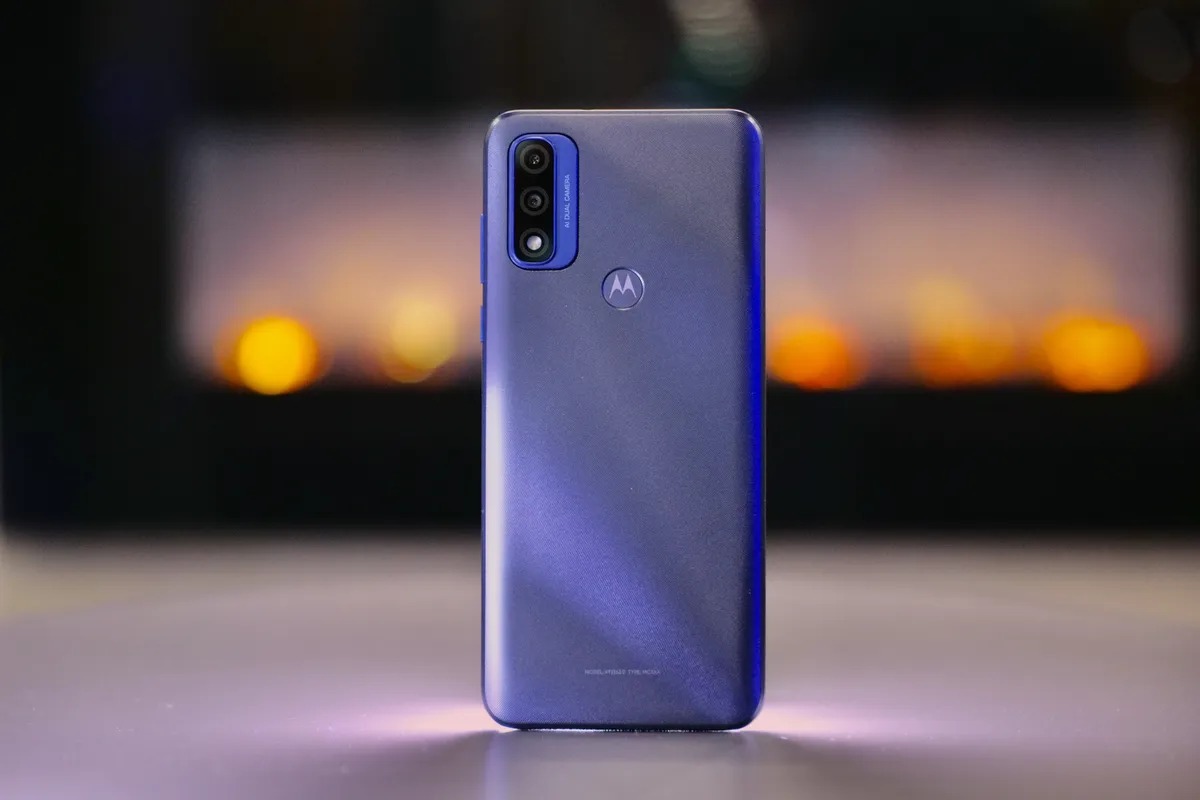Introduction
Mobile devices have become an indispensable part of our daily lives, serving as a gateway to communication, information, and entertainment. At the core of this connectivity lies the Subscriber Identity Module (SIM) card, a small but powerful component that facilitates our access to mobile networks. The ability to change SIM cards between phones offers a level of flexibility and convenience that is highly sought after in today's fast-paced world.
As technology continues to evolve, the need for seamless connectivity across multiple devices has become increasingly prevalent. Whether it's upgrading to a new smartphone, using a temporary device while traveling, or simply switching between personal and work phones, the ability to change SIM cards provides a practical solution to these scenarios.
Understanding the intricacies of SIM cards and the process of changing them is essential for maximizing the potential of our mobile devices. This comprehensive guide aims to delve into the fundamentals of SIM cards, the benefits of changing them, precautions to consider, and a step-by-step walkthrough of the process. By gaining a deeper understanding of these aspects, users can harness the full potential of their devices while avoiding common pitfalls.
In the subsequent sections, we will explore the technical and practical aspects of SIM cards, empowering readers with the knowledge required to navigate the process of changing SIM cards between phones. Whether you're a seasoned tech enthusiast or a casual user looking to expand your mobile capabilities, this guide is designed to provide valuable insights and actionable steps to ensure a smooth transition between devices.
Understanding SIM Cards
A Subscriber Identity Module (SIM) card is a small, portable memory chip that plays a pivotal role in enabling mobile communication. It serves as a unique identifier for a mobile subscriber, allowing them to connect to a mobile network and make use of various services. The SIM card contains essential information, including the user's phone number, network authorization data, and personal contacts. It also stores security information, such as authentication keys and encryption algorithms, which are crucial for securing communication over the network.
SIM cards come in different sizes, including standard, micro, and nano, to accommodate various types of mobile devices. The evolution of SIM card technology has seen a shift towards smaller form factors, with the nano-SIM becoming the standard for many modern smartphones. Despite their diminutive size, SIM cards hold significant importance in the functionality of mobile devices.
One of the key features of SIM cards is their portability. This means that users can easily transfer their SIM card from one compatible device to another, enabling seamless access to their mobile network services. This portability is particularly valuable when upgrading to a new phone or using multiple devices interchangeably.
In addition to facilitating voice calls and text messaging, SIM cards also enable access to mobile data services, allowing users to browse the internet, use mobile apps, and stay connected while on the go. The ability to store contacts and personal information on the SIM card provides an added layer of convenience, ensuring that essential data remains accessible regardless of the device being used.
Moreover, SIM cards are not tied to a specific device, granting users the freedom to switch between compatible phones without losing their mobile identity. This flexibility is especially beneficial for individuals who utilize separate devices for work and personal use, as it allows them to seamlessly transition between different phones while retaining their mobile number and network privileges.
Understanding the fundamental role of SIM cards in mobile communication is essential for appreciating their significance in the context of changing devices. By grasping the versatility and functionality of SIM cards, users can leverage this knowledge to optimize their mobile experience and make informed decisions when it comes to managing their devices.
In the subsequent sections, we will further explore the practical implications of changing SIM cards between phones, shedding light on the benefits, precautions, and step-by-step procedures to ensure a seamless transition.
Benefits of Changing SIM Cards
Changing SIM cards between phones offers a myriad of benefits that cater to the diverse needs and preferences of mobile users. From enhanced flexibility to cost-effective solutions, the advantages of swapping SIM cards extend beyond mere convenience. Here's a closer look at the compelling benefits associated with this practice:
-
Device Upgrades: When upgrading to a new smartphone or mobile device, transferring the existing SIM card allows for a seamless transition. This means retaining the same mobile number, contacts, and network services without the hassle of notifying contacts about a new number or reconfiguring network settings.
-
International Travel: For individuals traveling internationally, changing to a local SIM card can result in substantial cost savings on roaming charges. By utilizing a local SIM card in the destination country, travelers can benefit from affordable voice, text, and data services without incurring exorbitant roaming fees.
-
Separate Work and Personal Phones: Many professionals maintain separate phones for work and personal use. Changing SIM cards between these devices enables a clear demarcation between professional and personal communication, allowing for better work-life balance while ensuring accessibility to both networks.
-
Temporary Device Usage: In situations where a primary phone is undergoing repairs or unavailable, switching the SIM card to a temporary or backup device ensures uninterrupted connectivity. This temporary arrangement allows users to stay connected while their primary device is being serviced or replaced.
-
Network Compatibility: Some mobile network providers offer better coverage or more favorable service plans. By changing SIM cards to access different networks, users can capitalize on the strengths of various providers, optimizing their mobile experience based on location and network performance.
-
Data Security and Privacy: Changing SIM cards can be a proactive measure to safeguard personal information and maintain privacy. In instances where a device is lost or stolen, swapping the SIM card to a new device prevents unauthorized access to personal data and minimizes the risk of identity theft.
-
Flexibility and Adaptability: The ability to change SIM cards provides users with unparalleled flexibility, allowing them to tailor their mobile connectivity to specific needs and circumstances. Whether it's for business, leisure, or travel, the adaptability afforded by changing SIM cards enhances the overall user experience.
By recognizing and leveraging these benefits, mobile users can harness the full potential of SIM card portability, optimizing their connectivity and ensuring a seamless transition between devices. The subsequent sections will delve into the precautions to consider before changing SIM cards and provide a comprehensive step-by-step guide to facilitate this process.
Precautions Before Changing SIM Cards
Before embarking on the process of changing SIM cards between phones, it is crucial to consider several precautions to ensure a smooth transition and avoid potential pitfalls. By taking the following measures into account, users can mitigate common issues and safeguard their mobile connectivity:
-
Backup Data: Prior to removing the SIM card from a device, it is advisable to back up essential data such as contacts, messages, and any other information stored on the SIM card. This precautionary step ensures that valuable data is preserved and can be easily transferred to the new device, minimizing the risk of data loss during the transition.
-
Check Compatibility: Different mobile devices may require specific types of SIM cards, such as standard, micro, or nano SIMs. Before changing SIM cards, it is essential to verify the compatibility of the existing SIM card with the target device. This includes ensuring that the new device supports the same SIM card size and is compatible with the mobile network's technology (e.g., 4G, 5G).
-
Network Lock Status: For users who have acquired their mobile device from a specific carrier, it is important to ascertain whether the device is network locked. Network-locked devices are restricted to a specific carrier's network, and using a SIM card from another provider may result in compatibility issues. Unlocking the device, if necessary, ensures that it can accept SIM cards from different carriers.
-
Review Service Plans: Changing SIM cards may impact existing service plans, especially in scenarios where users switch to a different network provider. It is advisable to review current service plans and consider any contractual obligations or potential charges associated with changing SIM cards. Understanding the implications on service agreements can help users make informed decisions.
-
Activate New SIM Cards: In cases where a new SIM card is being used, it is essential to ensure that the new card is activated and properly provisioned by the mobile network provider. This entails verifying that the new SIM card is associated with the user's mobile number and that all necessary network services are activated to prevent any disruptions in connectivity.
By adhering to these precautions, users can navigate the process of changing SIM cards with confidence, minimizing the likelihood of encountering technical issues or service disruptions. These proactive measures serve to streamline the transition between devices, ensuring a seamless and uninterrupted mobile experience.
The subsequent section will provide a comprehensive step-by-step guide to changing SIM cards, empowering users with the knowledge and practical insights needed to execute this process effectively.
Step-by-Step Guide to Changing SIM Cards
Changing SIM cards between phones involves a series of straightforward yet essential steps to ensure a seamless transition of mobile connectivity. By following this step-by-step guide, users can effectively transfer their SIM card from one device to another, enabling uninterrupted access to mobile services. Here's a comprehensive walkthrough of the process:
-
Power Off Devices: Begin by turning off both the source device (the one currently housing the SIM card) and the target device (the one to which the SIM card will be transferred). This ensures that the devices are powered down, reducing the risk of any potential damage during the SIM card transfer.
-
Locate SIM Card Slot: Identify the location of the SIM card slot on each device. Depending on the device model, the SIM card slot may be located on the side, back, or underneath the battery cover. Use the appropriate tool or mechanism to access the SIM card slot.
-
Remove SIM Card: Carefully remove the SIM card from the source device by gently pushing the SIM card tray or ejecting the SIM card holder, ensuring that the card is handled with care to avoid any damage to the chip or contacts.
-
Insert SIM Card: Insert the SIM card into the SIM card slot of the target device, ensuring that it is properly aligned according to the designated orientation. Apply gentle pressure to secure the SIM card in place, taking care not to force it into the slot.
-
Power On Devices: Power on the target device and allow it to initialize with the newly inserted SIM card. Once the device has fully powered up, verify that the SIM card is recognized and that mobile network connectivity is established.
-
Configure Network Settings: In some cases, the target device may require manual configuration of network settings, such as access point names (APN) for mobile data. Access the device's settings menu to input the necessary network parameters provided by the mobile network operator.
-
Verify Connectivity: Test the functionality of the SIM card by making a test call, sending a text message, and accessing mobile data services. Ensure that the device can send and receive communications, confirming that the SIM card transfer was successful.
By following these step-by-step instructions, users can confidently change SIM cards between phones, enabling a smooth transition of mobile services and ensuring continued connectivity across devices. This guide empowers users to leverage the portability of SIM cards, facilitating a seamless transfer process that optimizes their mobile experience.
Troubleshooting Common Issues
While changing SIM cards between phones is generally a straightforward process, users may encounter common issues that can impede the seamless transition of mobile connectivity. By being aware of these potential challenges and understanding how to address them, users can navigate the troubleshooting process effectively. Here are some common issues that may arise when changing SIM cards, along with corresponding troubleshooting steps:
-
No Network Signal: After inserting the new SIM card, the device may fail to detect a network signal or display "No Service." In such cases, it is recommended to restart the device to initiate a fresh network search. If the issue persists, manually selecting the network operator in the device settings can help establish a connection.
-
Invalid SIM Card: Devices may display an error message indicating that the inserted SIM card is invalid or not recognized. This can occur due to improper insertion or a damaged SIM card. To address this, carefully remove and reinsert the SIM card, ensuring that it is properly aligned and making contact with the device's SIM card reader.
-
Network Configuration: In some instances, the new device may require manual configuration of network settings, particularly for mobile data access. Users can navigate to the device settings and input the appropriate Access Point Name (APN) settings provided by the mobile network operator to enable data connectivity.
-
Device Compatibility: If the new device is not recognizing the SIM card or displaying compatibility issues, it is essential to verify that the device supports the specific type of SIM card being used (e.g., nano SIM) and is compatible with the mobile network's technology (e.g., 4G, 5G).
-
Activation Delays: For new SIM cards, activation delays may occur, resulting in temporary disruptions in service. Users should allow sufficient time for the new SIM card to be fully activated by the network provider, ensuring that all associated services are provisioned before expecting seamless connectivity.
-
Network Lock: Devices that are network locked may reject SIM cards from different carriers. To address this, users can contact their mobile network provider to request unlocking the device, enabling it to accept SIM cards from other carriers.
By proactively addressing these common issues and following the troubleshooting steps outlined above, users can overcome potential hurdles encountered when changing SIM cards between phones. This proactive approach ensures a smooth transition of mobile connectivity, allowing users to fully leverage the portability and versatility of SIM cards across different devices.
The subsequent sections will delve into the practical implications of changing SIM cards between phones, shedding light on the benefits, precautions, and step-by-step procedures to ensure a seamless transition.
Conclusion
In conclusion, the process of changing SIM cards between phones offers a wealth of benefits, empowering users with unparalleled flexibility, cost-effective solutions, and seamless connectivity across devices. By understanding the fundamental role of SIM cards in mobile communication and appreciating the practical implications of swapping SIM cards, users can optimize their mobile experience while mitigating potential challenges.
The ability to seamlessly transfer a SIM card from one device to another facilitates a range of scenarios, including device upgrades, international travel, maintaining separate work and personal phones, and temporary device usage. This flexibility not only streamlines the transition process but also ensures that users can stay connected without disruptions, regardless of the circumstances.
Moreover, the precautions outlined in this guide serve as essential considerations before changing SIM cards, enabling users to safeguard their data, verify compatibility, and address network-related concerns. By adhering to these precautions, users can navigate the transition process with confidence, minimizing the likelihood of encountering technical issues or service disruptions.
The comprehensive step-by-step guide provided in this article empowers users to execute the SIM card transfer process effectively, ensuring that mobile services are seamlessly transferred to the new device. By following these instructions, users can leverage the portability of SIM cards to optimize their connectivity and make the most of their mobile devices.
Furthermore, the troubleshooting insights presented here equip users with the knowledge to address common issues that may arise during the SIM card transfer process. By proactively troubleshooting potential challenges, users can overcome hurdles and ensure uninterrupted mobile connectivity across devices.
Ultimately, the practice of changing SIM cards between phones embodies the dynamic nature of modern mobile communication, offering users a practical and versatile solution to adapt to various scenarios and preferences. By harnessing the benefits, precautions, and practical insights outlined in this guide, users are empowered to navigate the process of changing SIM cards with confidence, ensuring a seamless and uninterrupted mobile experience.
In essence, the portability and versatility of SIM cards serve as a cornerstone of modern mobile connectivity, enabling users to transcend device boundaries and embrace a seamless, interconnected mobile experience.







